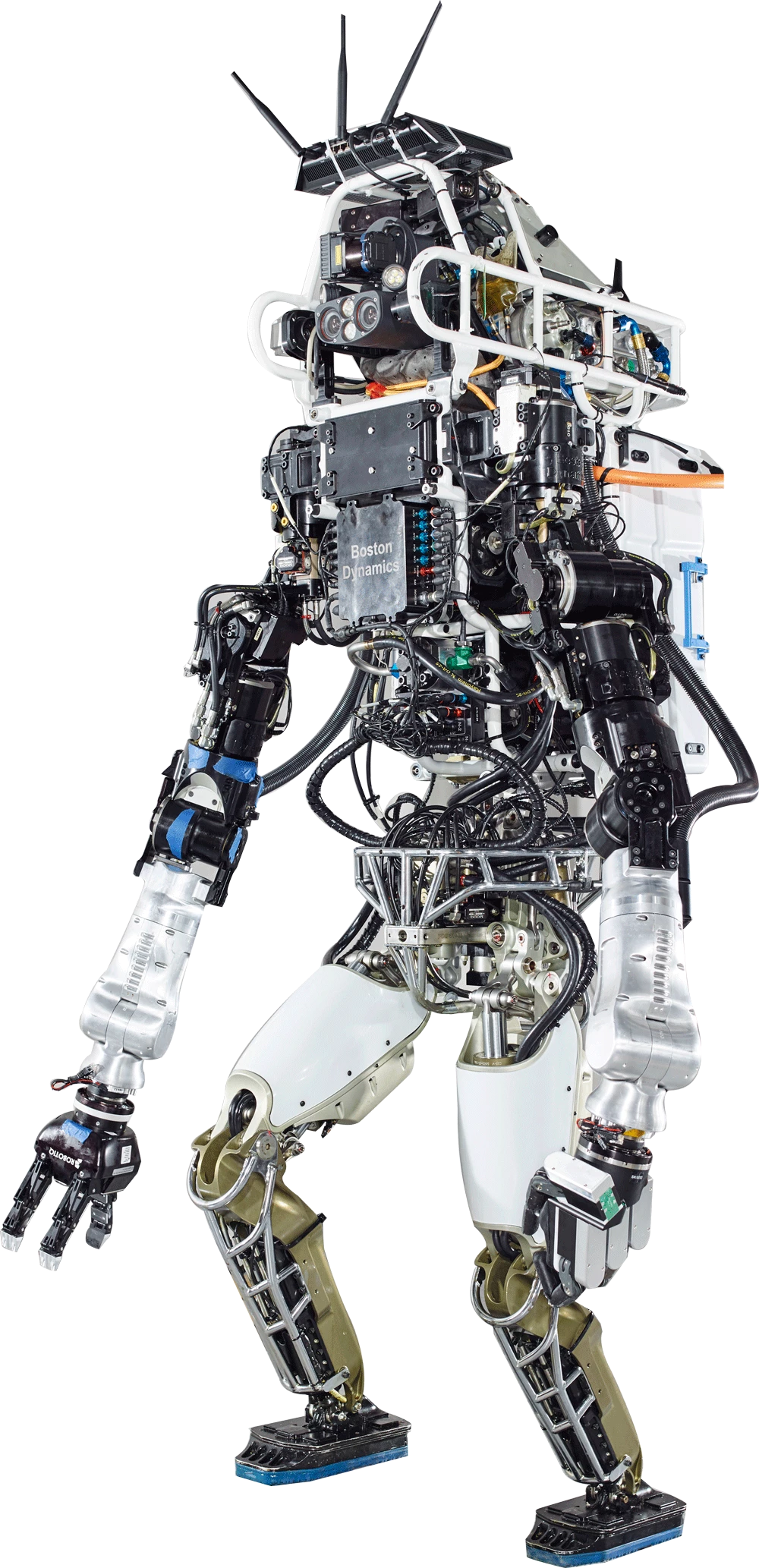The driverless cars in 2004’s inaugural DARPA Grand Challenge were largely a joke, a debacle in the desert, but no one was laughing five years later when Google began testing autonomous vehicles on American roads. Almost every technologist now believes they’ll be a permanent part of the traffic within two or three decades.
The machines competing in June’s DARPA Robotics Challenge will likely be awkward and jerky, but we’re really just in the prelude stage. These humanoids won’t necessarily follow the rapid trajectory of robocars, but they’ll certainly improve greatly over time–and maybe not so much time.
And that’s cause for some worry. Presently, the Pentagon is judging only rescue robots to be utilized as part of humanitarian missions, but the military isn’t in the peace business, and every industrialized nation will see its defense department be increasingly robotized. Not all of these machines will be jaws of life.
From Christian Davenport at the Washington Post:
The competition comes at a time when weapons technology is advancing quickly and, with lasers that can shoot small planes out of the sky and drones that can land on aircraft carriers, piercing the realm of science fiction.
But some fear that the technological advancements in weapons systems are outpacing the policy that should guide their use. At a meeting last month, the U.N. Office at Geneva sponsored a multi-nation discussion on the development of the “Lethal Autonomous Weapons Systems,” the legal questions they raise and the implications for human rights.
While those details are being hashed out, Christof Heyns, the U.N.’s special rapporteur, called in 2013 for a ban on the development of what he called “lethal autonomous robots,” saying that “in addition to being physically removed from the kinetic action, humans would also become more detached from decisions to kill — and their execution.”
Mary Wareham, the global coordinator for the Campaign to Stop Killer Robots, a consortium of human rights groups, said the international community needs to ensure that when it comes to decisions of life and death on the battlefield, the humans are still in charge.
“We want to talk to the governments about how [the robots] function and understand the human control of the targeting and attack decisions,” she said. “We want assurances that a human is in the loop.”
Tags: Christian Davenport

